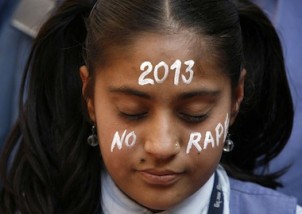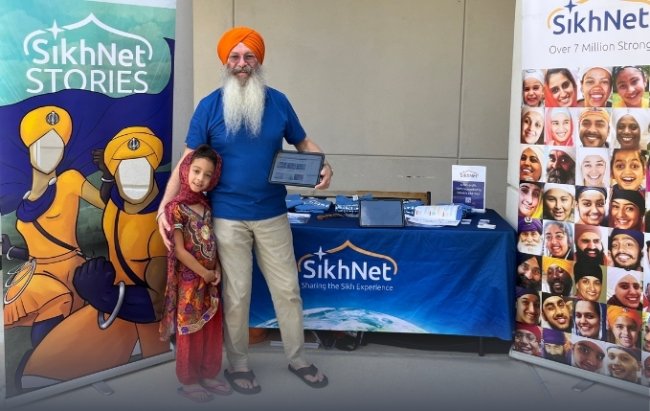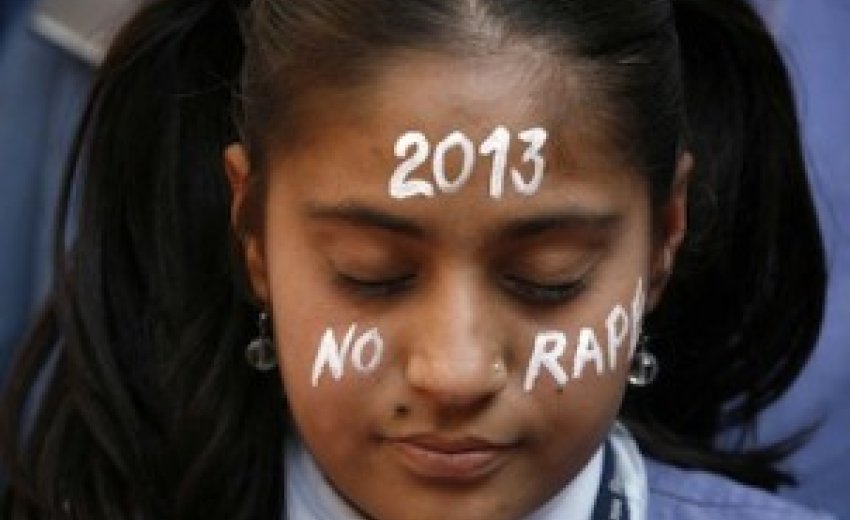| Thoughts on Mia Zapata and Jyoti Singh Pandey | |
 Twenty years after the murder of Mia Zapata inspired a self-defense movement in Seattle, Indians are responding to a widely-reported gang-rape case in Delhi by joining similar violence prevention courses. Only they’re doing so over the advice of religious opponents, who echo a famous Indian guru: the Buddha.
Twenty years after the murder of Mia Zapata inspired a self-defense movement in Seattle, Indians are responding to a widely-reported gang-rape case in Delhi by joining similar violence prevention courses. Only they’re doing so over the advice of religious opponents, who echo a famous Indian guru: the Buddha.
On July 7, 1993, Mia Zapata, lead singer for up-and-coming Seattle band The Gits, left a bar to walk home alone at 2 A.M. She never arrived. At 3:20, a prostitute found her body in an alley, raped, beaten, and strangled to death. Two decades later on December 16, 2012, after boarding a minibus in Delhi, India, Jyoti Singh Pandey didn’t make it home either. On the bus, thugs gang-raped and beat her, then dumped her on the roadside. Pandey died thirteen days later. Both murders were watershed events in national debates on violence against women. Zapata’s friends and fellow musicians collaborated to open Home Alive, a non-profit that taught people how to resist violent attacks, while the Pandey case has not only prompted massive protests across India, but a strong interest in violence prevention as well. In the Pandey case, however, one leader spoke against self-defense. Amid calls for stiffer penalties for rape, religious teacher Asaram Bapu proposed a different deterrent: “The girl should have taken God's name and could have held the hand of one of the men and said, 'I consider you my brother'…Then the misconduct wouldn't have happened.” Bapu later flatly blamed Pandey for her own rape, a sentiment with which some government officials agreed.
Both verses echo the concept of “non-self,” the Buddhist teaching that interconnection is so deep that there is no unchanging identity to any living being. The term alone appears to contradict self-defense; Buddhists commonly say the idea compels a conflict-averse attitude. Indeed, the teachings appear to advocate a willful lowering of defenses at the moment of attack. Interconnection with all beings could seem to frown upon punching specific beings in the face. Yet Bapu’s comments invited outrage. Would contemporary observers have treated an ancient version of his words any differently? Religious scholar Erin Epperson thinks not. She was studying Tibetan Buddhism in India in December 2012, and recalls large protests even in McLeod Ganj, a tiny hill-station in the Himalayas. She later assisted self-defense courses in Delhi, using curricula from a martial arts academy she attends in Chicago. Demand for classes jumped dramatically after the Pandey murder, a situation which Nancy Lanoue, the Chicago school’s founder, compared to America in 1993: “When the Mia Zapata murder occurred… self-defense was getting attention from many folks who usually ignored it.” Lanoue (who, like Epperson, is versed in Buddhist philosophy), sees a distinction between self-defense and violence. She refers to an “ethic of least harm,” which means “using the least force possible to preserve my physical, mental and emotional safety.” Epperson says pacifism can amount to complicity: “Letting someone do violence to you is also not a non-violent approach.” Their emphasis on proportionality differs from the absolutist stance of Buddhist texts. But Gilad Yakil, a former Israeli Defense Forces soldier now acting as coordinator at a Tibetan retreat center in Bodh Gaya, India, says the teachings are ideals, not strict rules. “There are amazing instances of amazing sacrifice, but that is only for bodhisattvas [Buddhist saints]... We don’t have that capacity, so we have to do what we can.” Nadim Akhtar, a Bodh Gaya resident who spent his childhood in the Mahabodhi Temple at the site of the Buddha’s enlightenment, says that while passivity is “most compassionate,” he admits “there are limits” to what people achieve. Epperson notes a limit of language. She explains non-self as a core Buddhist teaching (“You just can’t refer to a permanent soul inside someone”) but emphasizes that “when Buddhism says there is no self, they are talking on an ultimate level…. There’s no fear of referring to individuals.” Individual safety, she says, is a need no religion could eliminate. In large part, they agree with Badri Pandey, father of Jyoti, who in January told the news media, “My daughter didn't do anything wrong. She died while protecting herself.” But what the Buddhist teachings forbid isn’t self-defense. It’s anger. In the country where Buddhism originated, this, too, is ignored. Protests against violence were volatile enough to injure dozens of people. Epperson says interest in self-defense emerged from frightened fury: “Women in Delhi are very angry. They do not trust the police, and they do not trust the Indian government to protect them.” Yakil calls anger acceptable, saying, “If you have to be angry at someone to benefit, you should do that.” The benefit of anger may be social change. Epperson hopes protestors will “keep clamoring” for better policing (perhaps of the kind that convicted Zapata’s killer, belatedly, in 2004). Akhtar says, “People have to understand the equality of the men and women.” Others mention economic empowerment, reduced patriarchy and good leadership as longer-term solutions to violence. All emphasize skillful means over raw anger. Epperson notes women in Delhi self-defense classes begin from frightened over-reaction: “Basically, these women think the only way to defend themselves is to beat the living crap [out of assailants]…. There’s a lot of desolation.” Lanoue clarifies, “Anger is useful insofar as it inspires a self-defender to overcome the paralysis of fear. But for that action to be effective, the anger must be filtered through the parts of the brain that govern self-control, reason, even empathy.” Effecting that filtration in a nation of 1.24 billion will likely take longer than the memory of Jyoti Singh Pandey will remain with the public. Lanoue remembers Mia Zapata and the nonprofit Home Alive as a “second wave of the activism I was involved with in the 1970s.” Epperson, on the other hand, an American who took her first self-defense class in 2011, has never heard of her. |

